We have ventured into creating a series of line work tutorials available to the public. Whether you are new to face painting, an amateur or professional artist, one can always continue to learn from others. As artist, we continue to inspire each other learn new techniques and grow our skills.
In fact, it was my quest for improving my line work technique that inspired me to create this series for line work practice for face painters. Through this journey, I have not only improved my skills, but also learnt other useful skills like video editing, and how to publish videos on Youtube.
We are regularly creating new content. To keep up with our tutorials, please ensure you subscribe to our Youtube channel HERE and give our videos a 👍.
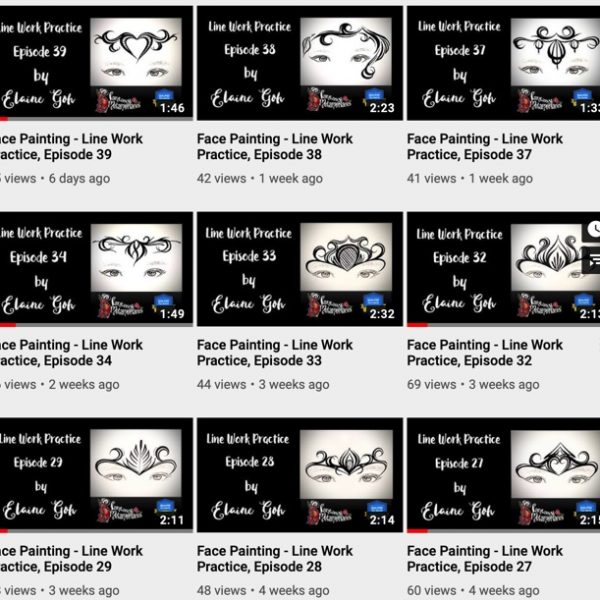
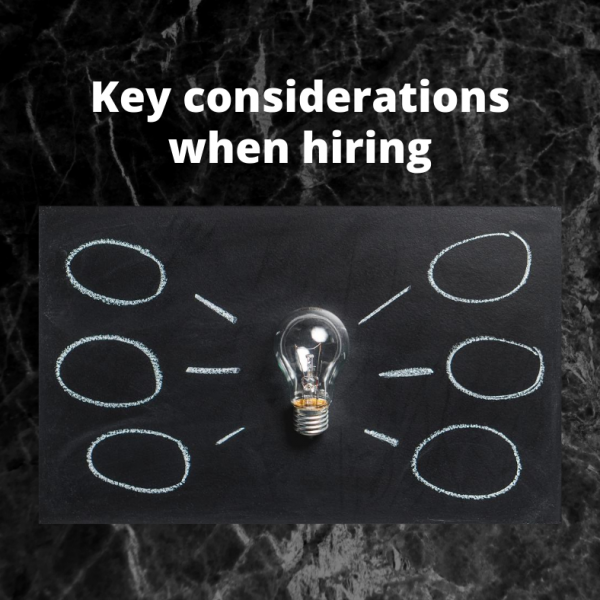
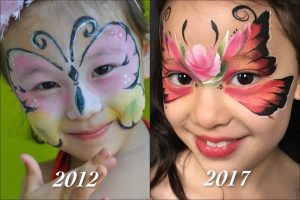
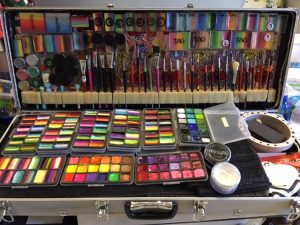
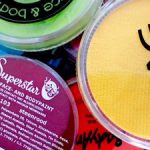


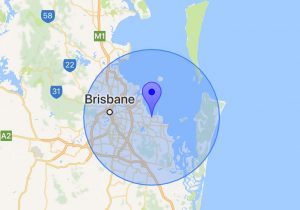

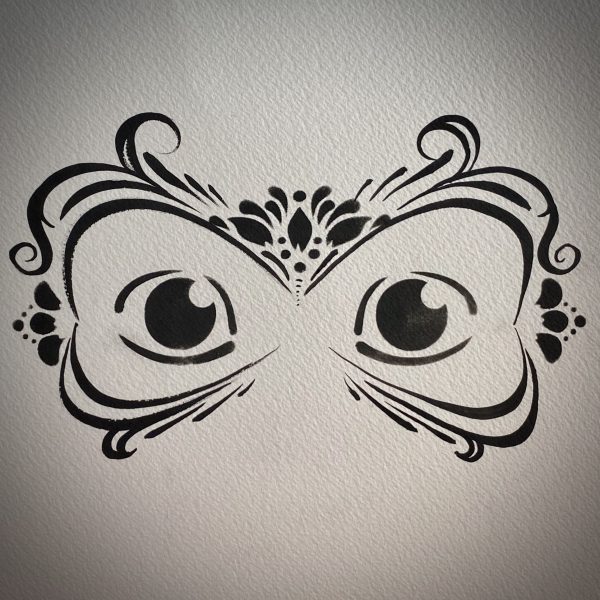
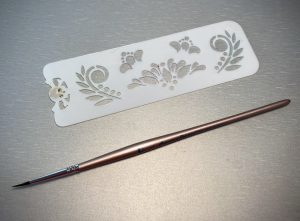
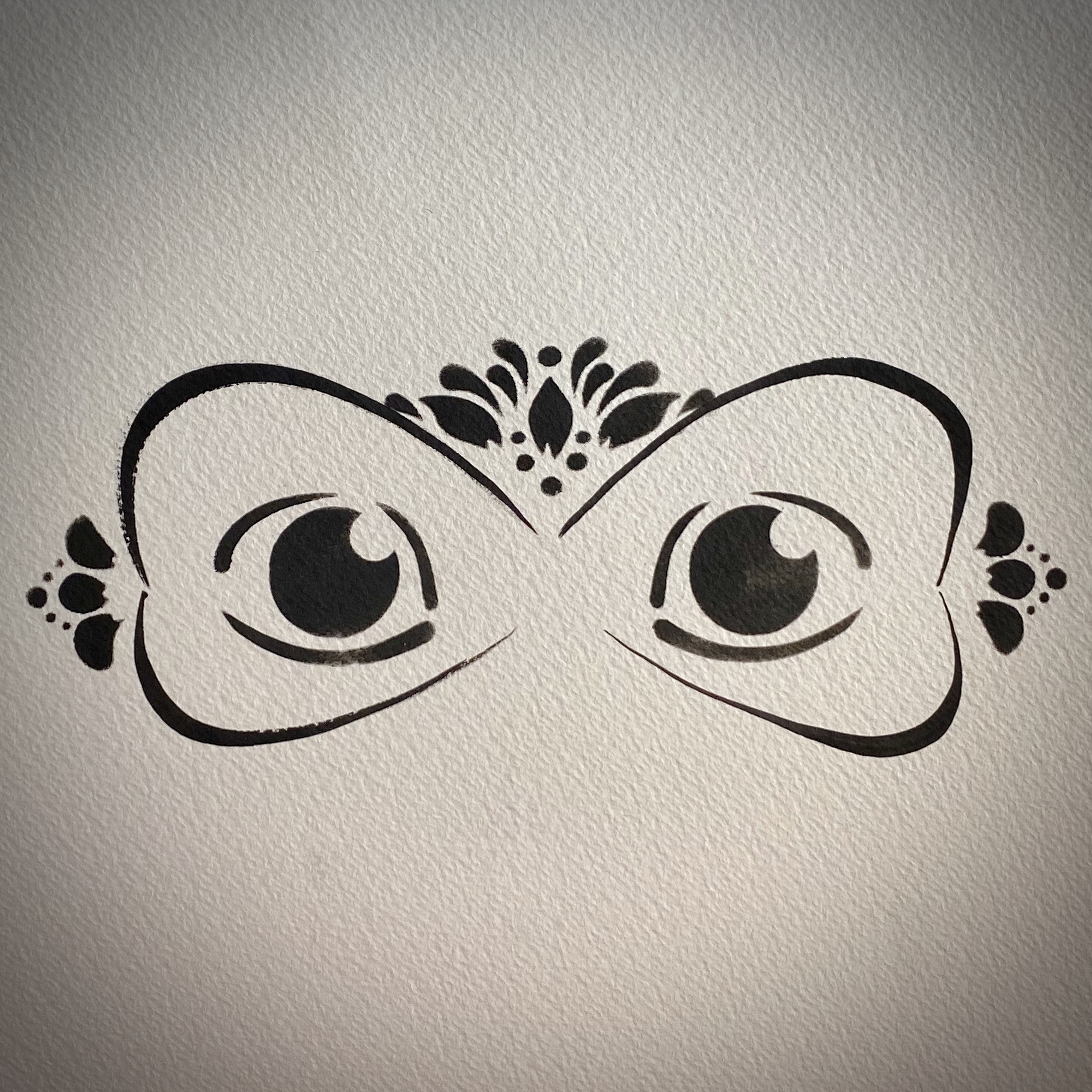
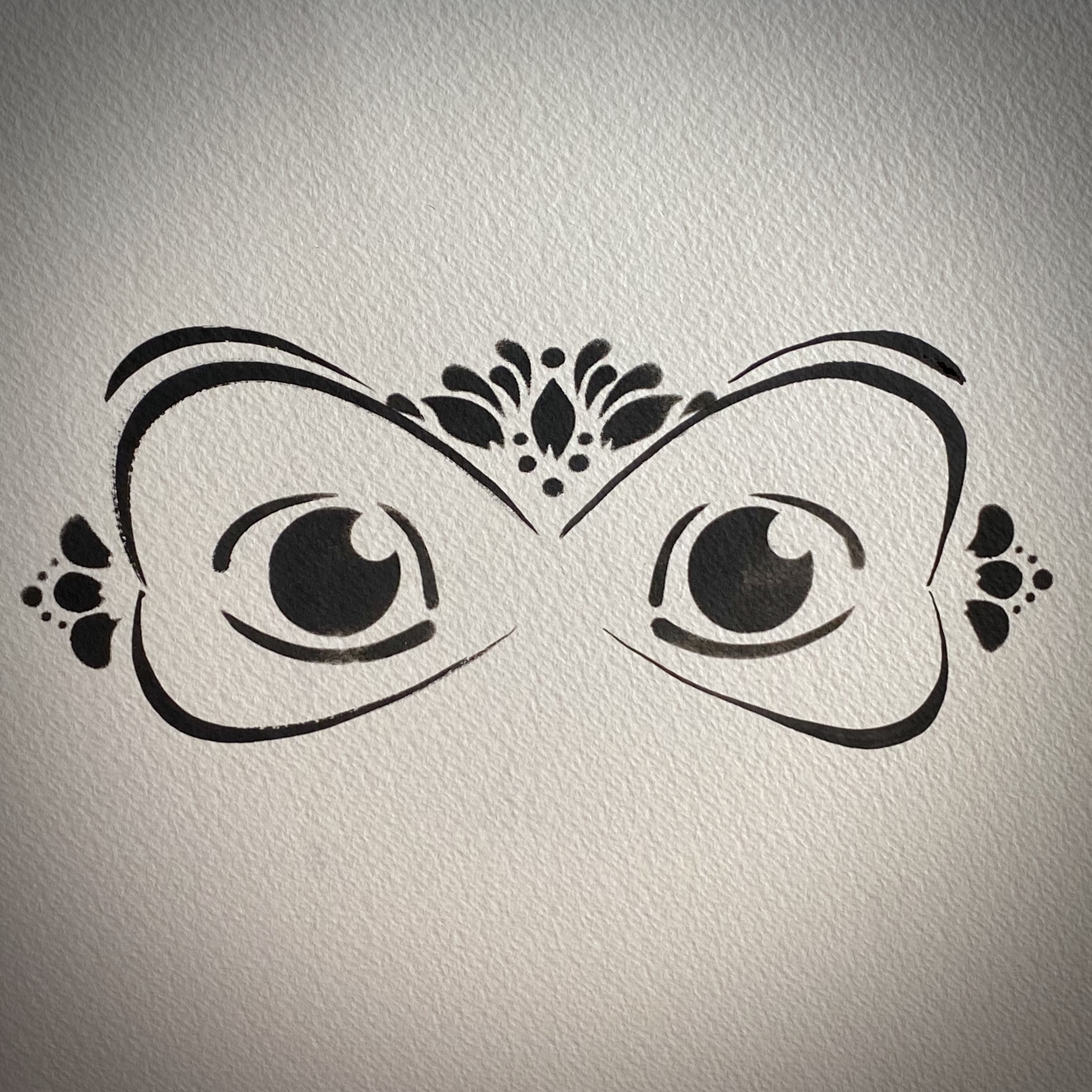
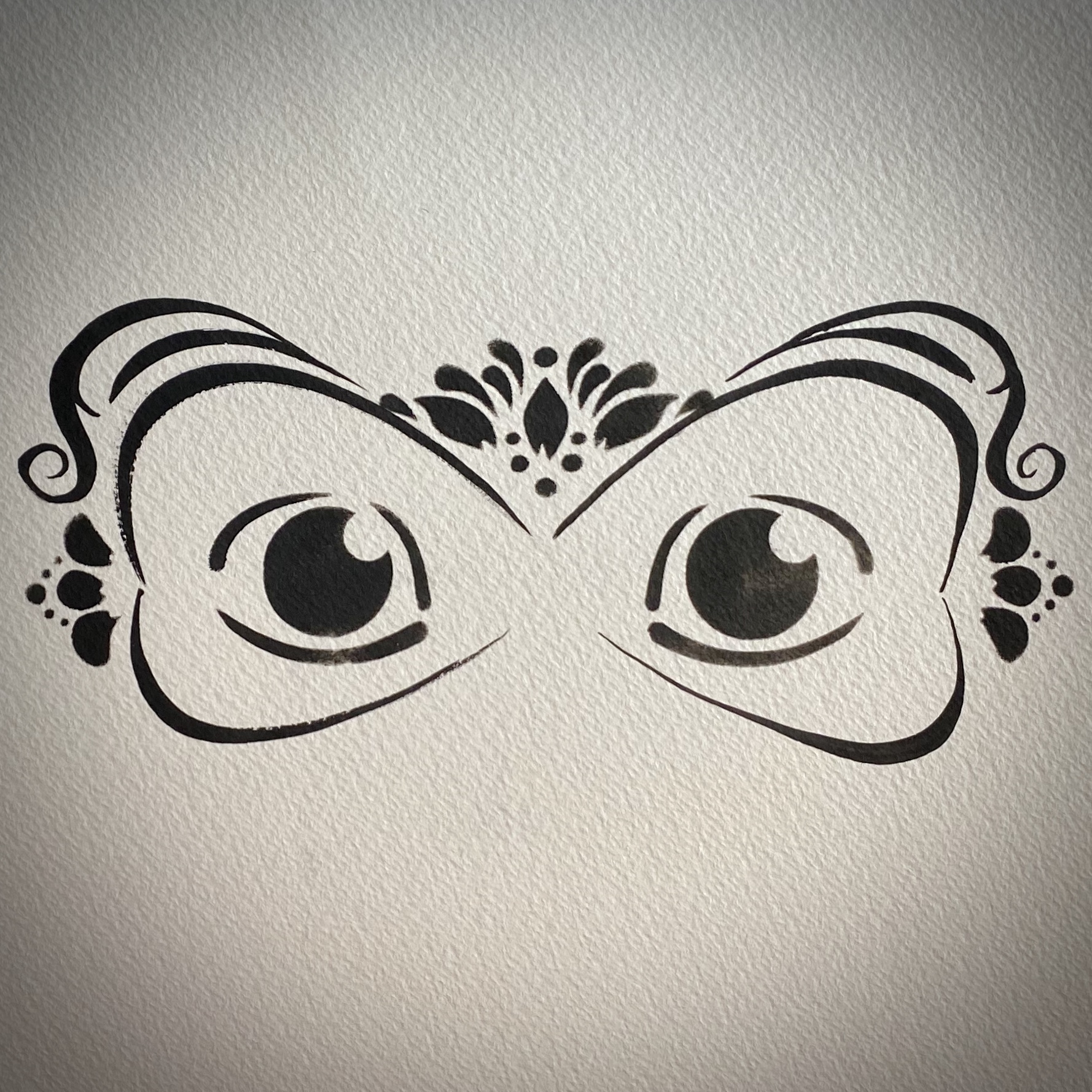
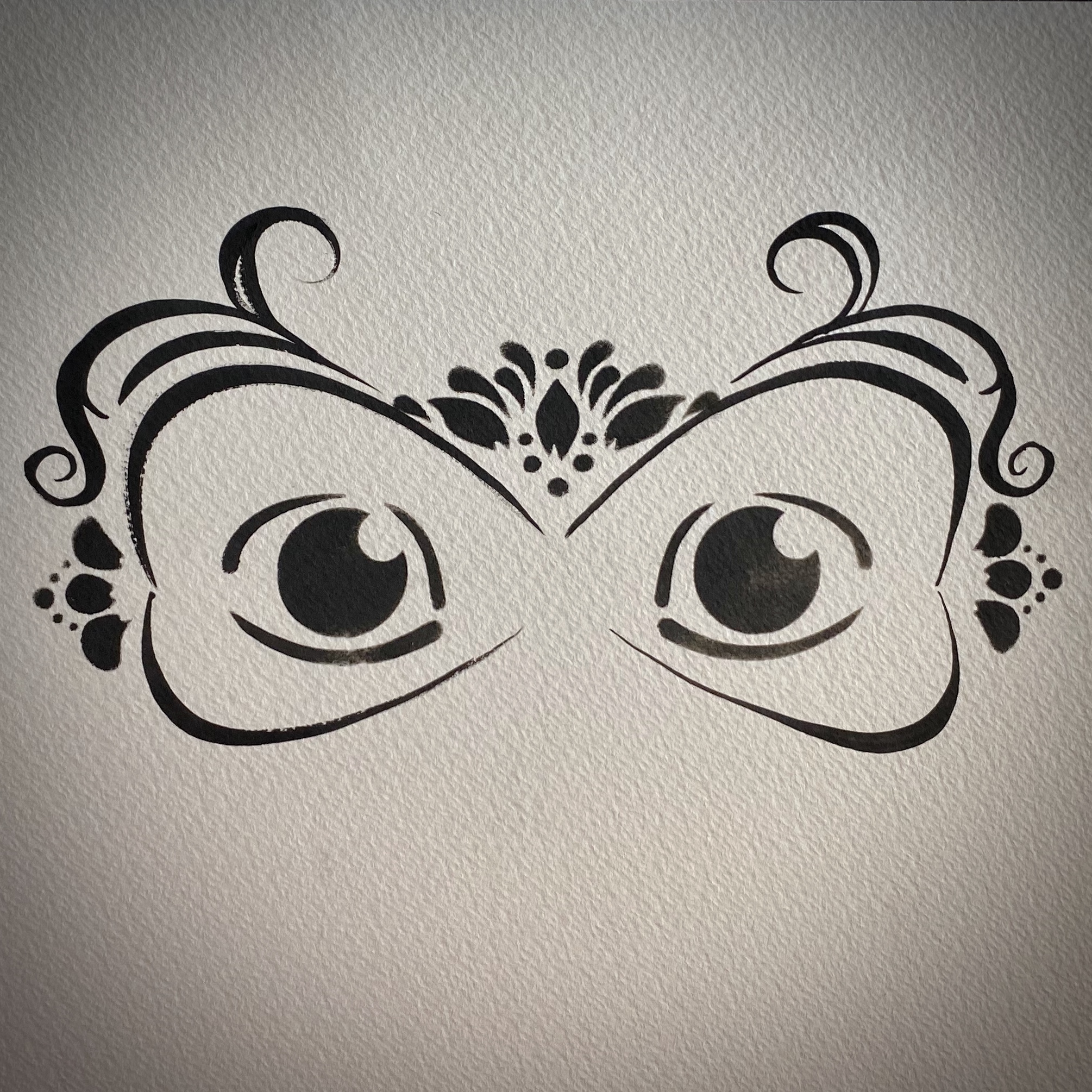
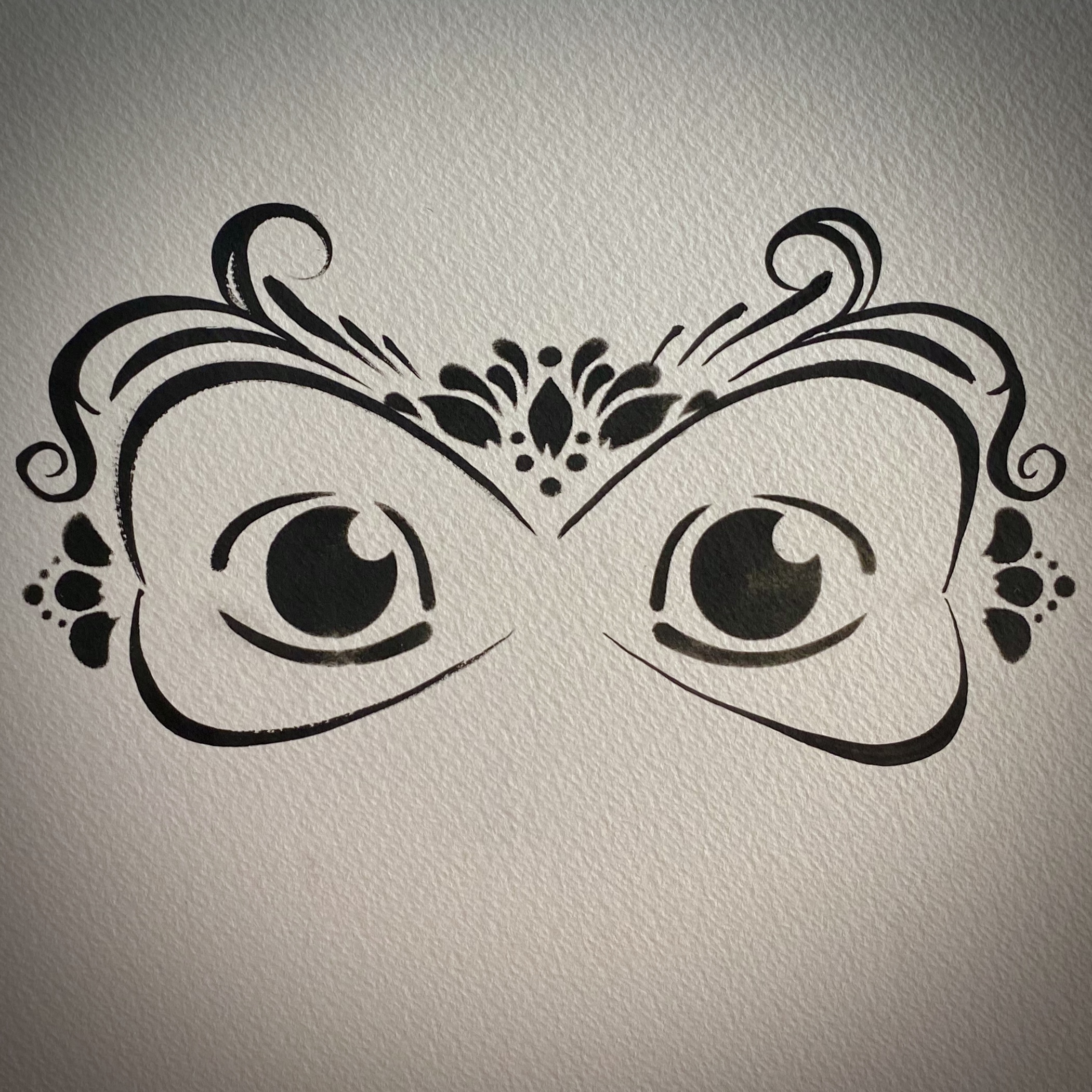
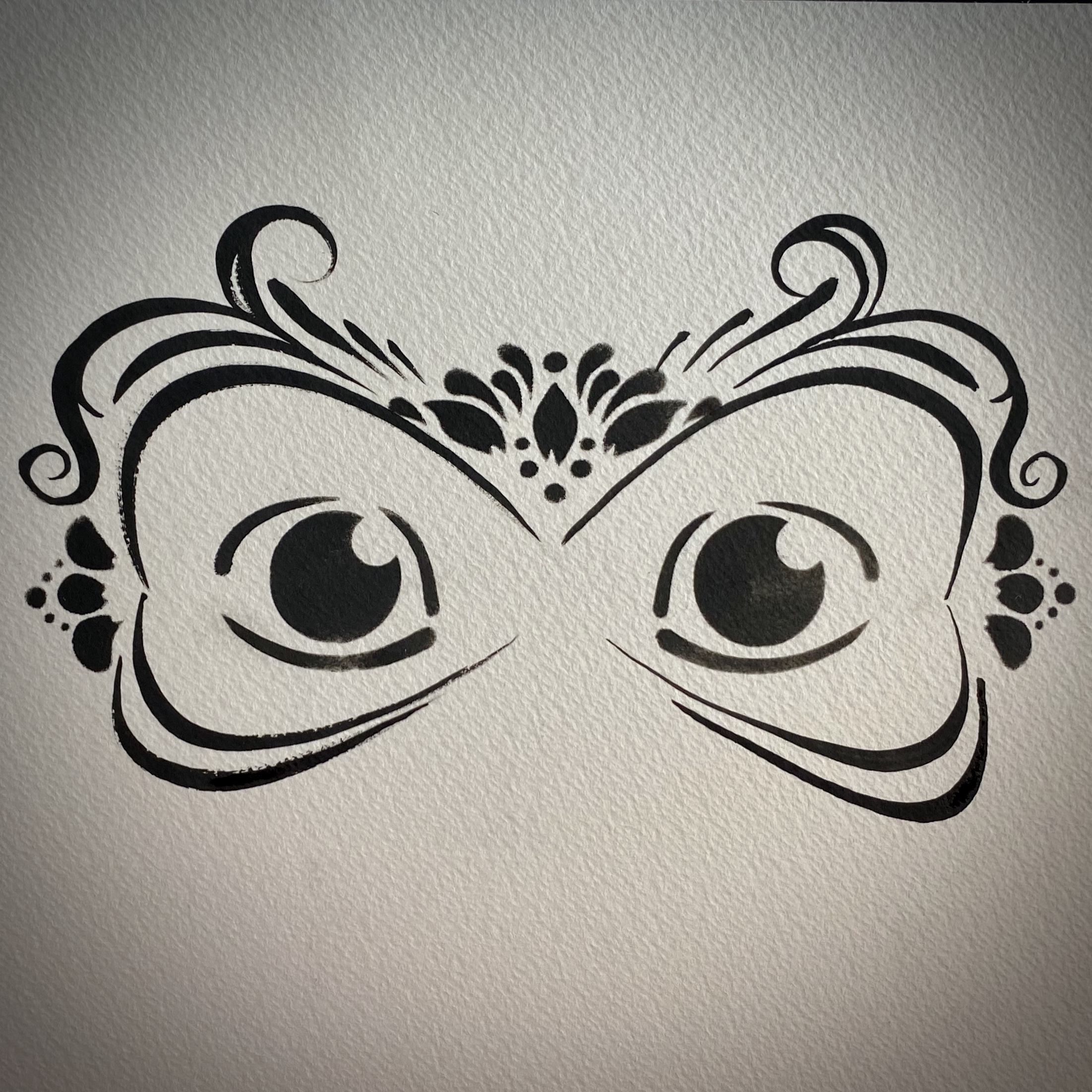
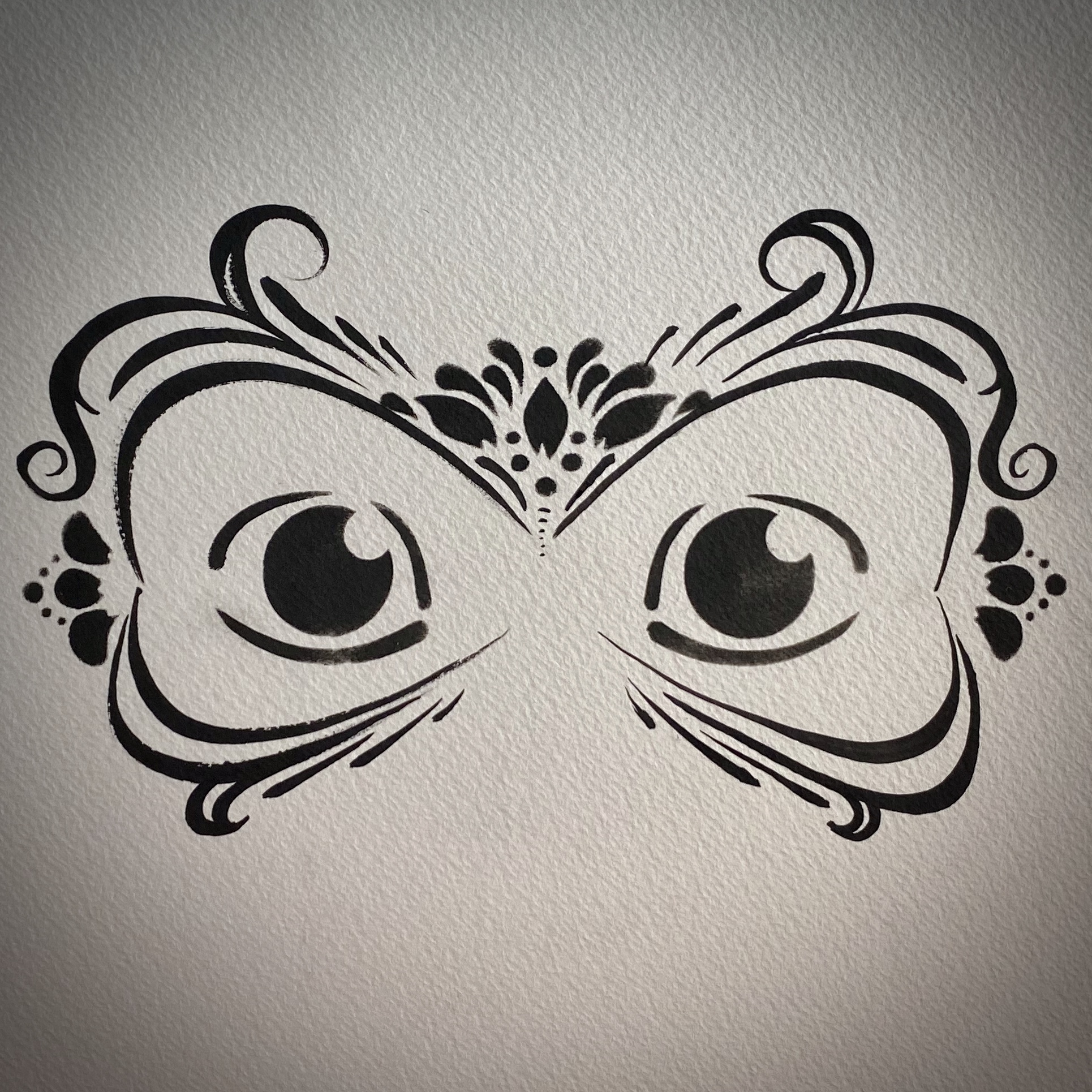
Recent Comments